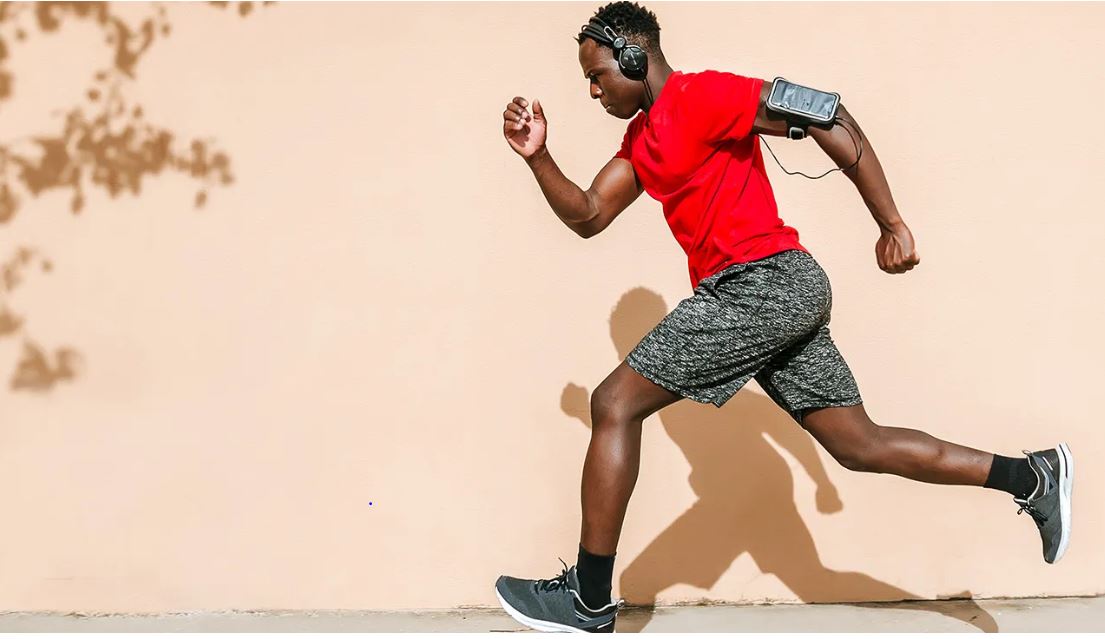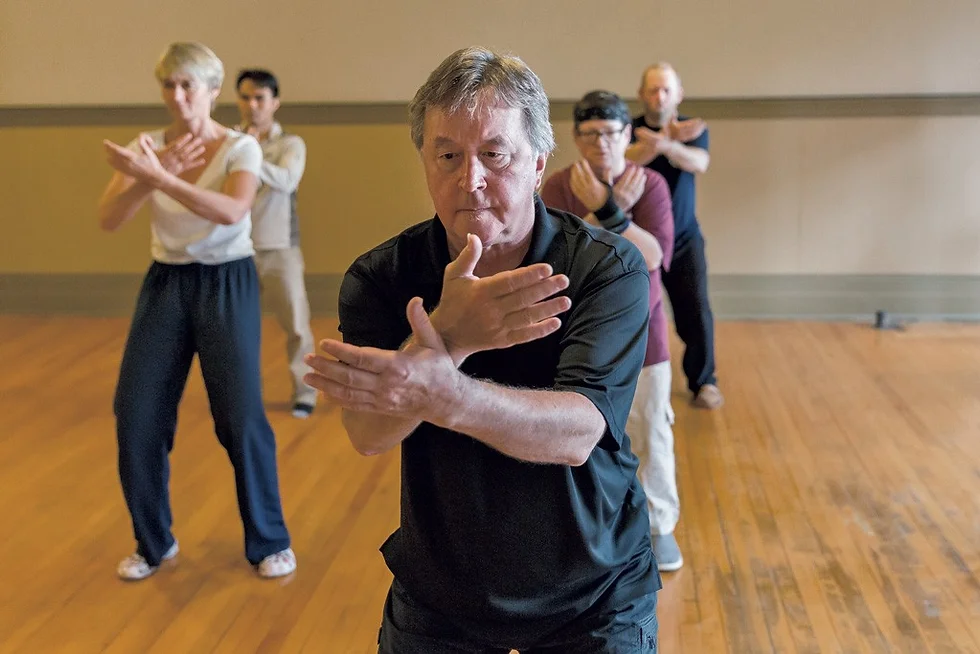In your daily activities, from simple tasks like putting on shoes to more complex movements like lifting groceries, your core muscles play a crucial role. Not limited to just the abdominal muscles, your core includes various muscles in your back and pelvis, impacting your balance, posture, and stability.
Here’s a breakdown of the key muscles in your core:
- Erector spinae: Its your back muscle that extends along your spine, aiding in standing upright, bending, and rotating your trunk.
- Rectus abdominis: Known as the “six-pack” muscle, it’s engaged when you bend forward.
- Obliques: Both internal and external obliques facilitate trunk rotation and bending.
- Transverse abdominis: This muscle wraps around your trunk, providing stability to your pelvis.
- Multifidus: Supporting your spine, this muscle in your back contributes to spinal stability.
Additionally, your core includes muscles such as the pelvic floor, diaphragm, glutes, and various muscles attached to the pelvis.
Strengthening these muscles is crucial for stabilizing your body, supporting your spine, and improving overall fitness.
Exercise for Beginners
If you’re new to exercising or have been inactive for a while, these beginner moves are perfect for starting your fitness journey.
Consider consulting with a personal trainer to determine the appropriate number of repetitions and sets based on your fitness level and goals.
As you perform these exercises, you’ll often hear the instruction to “tighten your core.” But how do you ensure you’re doing it correctly?
A helpful technique is to inhale and imagine moving your belly button toward your spine. Hold this for a few seconds. This sensation of firming your stomach muscles represents engaging your core effectively.
1. Bridge
Here’s how to perform this exercise effectively:
- Begin by lying on your back with your knees bent and your feet flat on the floor, about hip-width apart. Keep your arms by your sides with your palms facing down.
- Engage your core and glutes.
- Lift your hips off the ground until your knees align with your shoulders.
- Hold this position for 10 to 30 seconds.
- Repeat this movement 3 to 5 times.
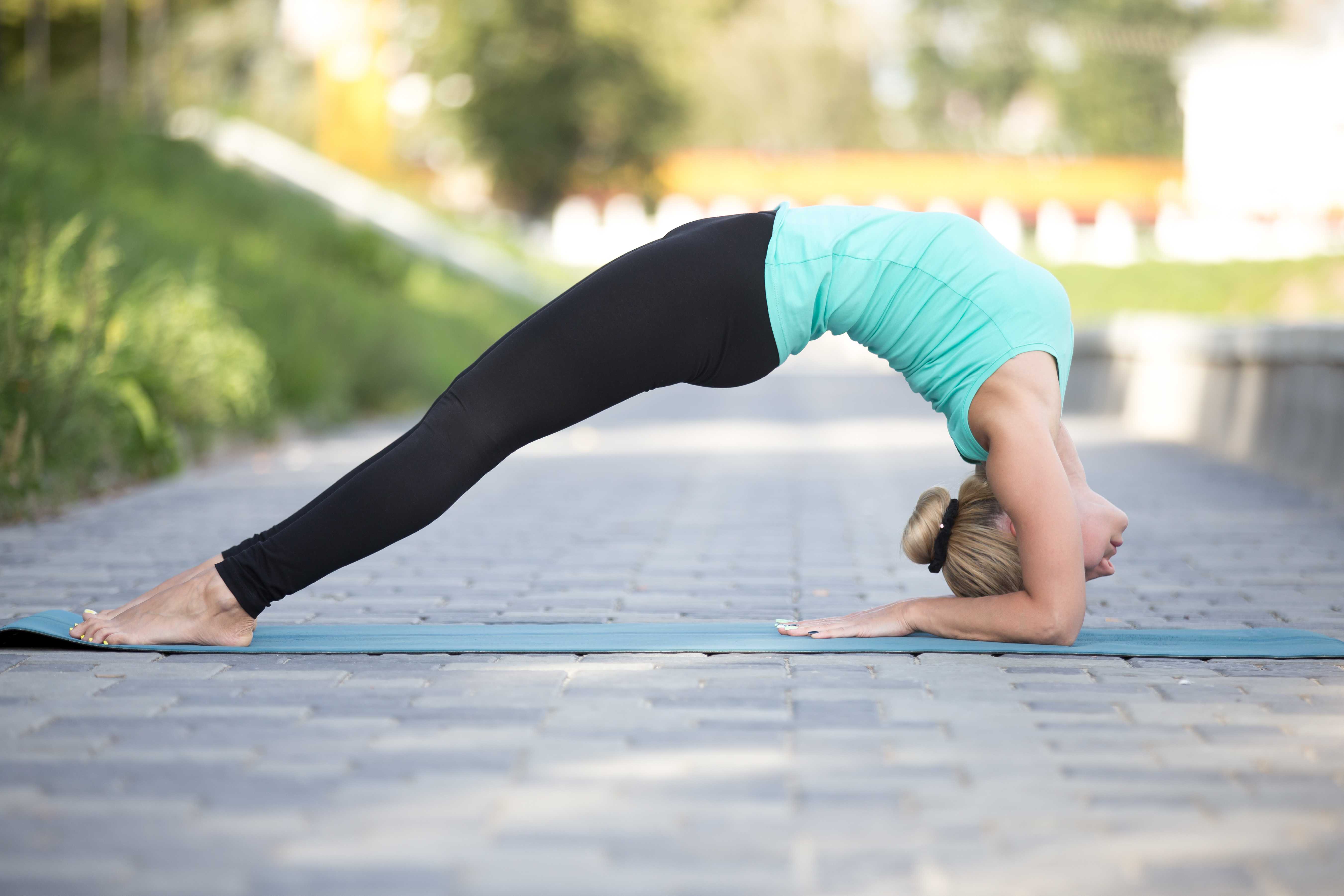
2. Crunches
Crunches are a traditional exercise for strengthening the core muscles. This movement targets the abdominal area by lifting the upper body.
If you experience occasional low back discomfort, approach crunches cautiously—start slowly and limit the number of repetitions.
For individuals with chronic low back pain, consulting a certified trainer or healthcare provider before attempting crunches is advisable. This exercise may not be suitable for everyone with persistent back issues.
- Lie on your back with knees bent and feet flat on the floor, hip-width apart. Keep your head and spine aligned and cross your arms over your chest.
- Engage your core muscles while relaxing your neck and shoulders. Tuck your chin and lift your upper back off the floor, ensuring that your lower back, pelvis, and feet remain grounded. Hold briefly.
- Slowly lower your upper back to the starting position.
- Begin with 1 set of 8–12 repetitions.
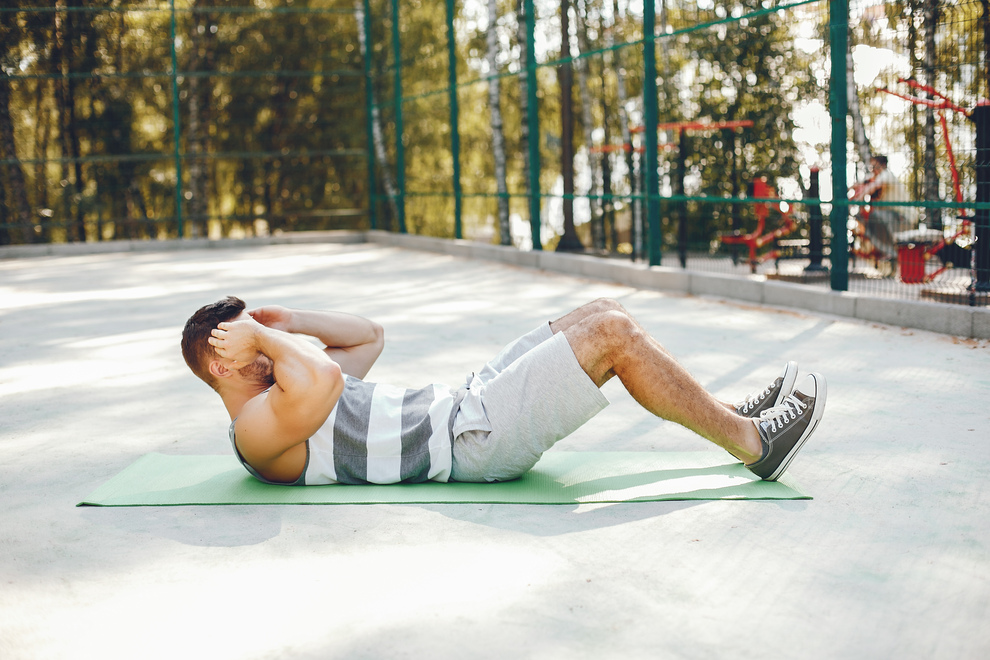
3. Supine Alternate Toe Taps
This Pilates exercise serves as a foundational move, engaging not only your core but also targeting your glutes, hips, and legs.
Toe taps offer a spine-friendly alternative to crunches, exerting minimal pressure on your back. If you experience back discomfort, toe taps might be a suitable exercise option.
- Lie on your back with your legs lifted, knees bent at a 90-degree angle. Keep your hands by your sides, palms facing down.
- Activate your core muscles. Lower your right foot towards the floor, gently tapping it while keeping your left leg steady and maintaining a flat back.
- Lift your right leg back to the starting position.
- Repeat the movement with your left leg.
- Begin with 1 set of 8–12 repetitions.
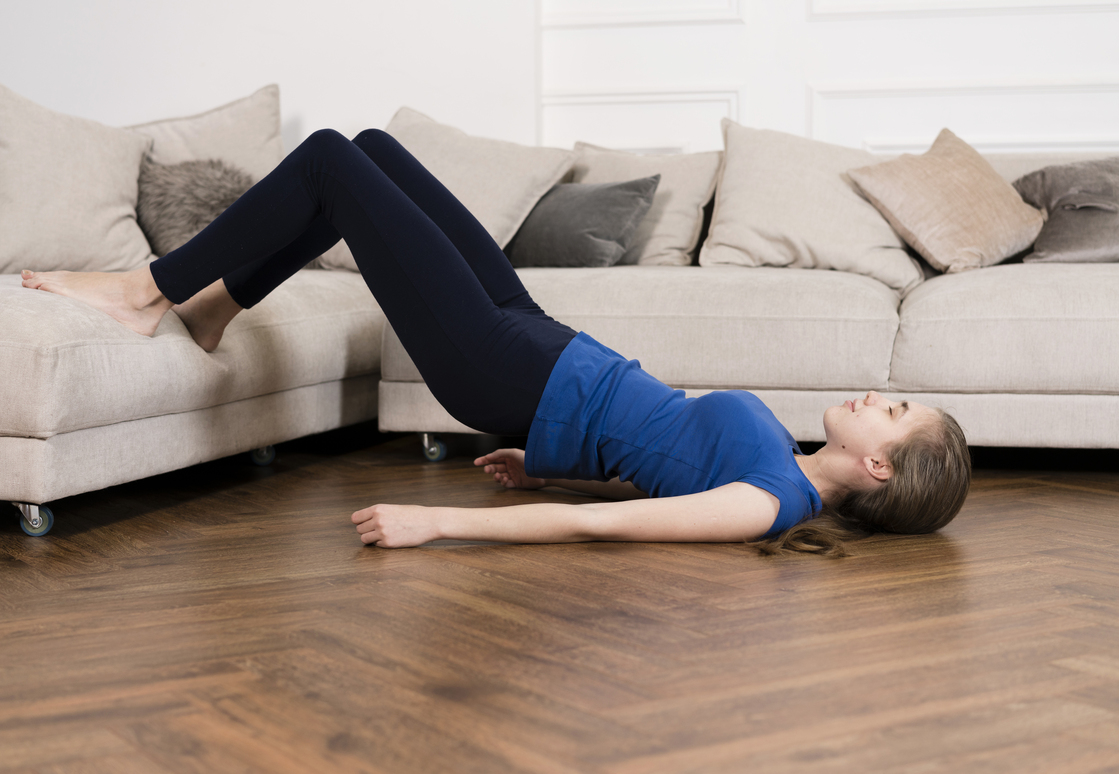
4. Bird Dog Exercise
The bird dog exercise is excellent for strengthening both your abdominal and back muscles, making it a perfect choice for enhancing core strength. Additionally, it improves coordination, balance, and stability.
- Begin in a tabletop position, with your hands beneath your shoulders and knees beneath your hips.
- Engage your core muscles.
- Raise your right leg, extending it until it’s parallel to the floor, while simultaneously lifting your left arm until it’s level with your shoulder, palm facing down. Keep your spine neutral, avoiding any arching in your back.
- Hold this position momentarily.
- Switch sides, extending your left leg and right arm.
- Begin with 1 set of 8–12 repetitions

5. Bicycle Crunch
This exercise targets your obliques, rectus abdominis, and hips.
Begin lying on your back, with your left knee bent and pulled towards your chest. Keep your right leg straight, hovering slightly above the floor. Place your hands behind your neck or the lower part of your head, ensuring not to strain your neck.
- Begin by bending your left knee while keeping your right leg straight. Lift your right shoulder off the floor and direct your right elbow towards your left knee.
- Upon lowering your right shoulder back to the floor, simultaneously extend your left leg while bending your right knee and drawing it towards your chest.
- Continue by lifting your left shoulder off the floor as your right knee moves closer to your chest, and simultaneously bring your left elbow towards your right knee.
- Complete 3 sets of 12 alternate repetitions to start.

Exercises for people having average experience
1. Plank
The plank is a versatile full-body exercise primarily focusing on strengthening the core muscles while also engaging the arms, shoulders, back, glutes, and legs.
- Begin on all fours, aligning your hands under your shoulders and your knees under your hips.
- Extend your legs straight back behind you, ensuring they are hip-width apart. Engage your core muscles to maintain a straight line from your head to your heels.
- Hold this position for 10–30 seconds, focusing on maintaining proper form and breathing steadily.
- Repeat this exercise for 3–5 sets.
To modify and make the plank easier, maintain the same position but with your knees resting on the floor. Keep your weight centered over your hands and maintain a straight line from your knees to your shoulders.
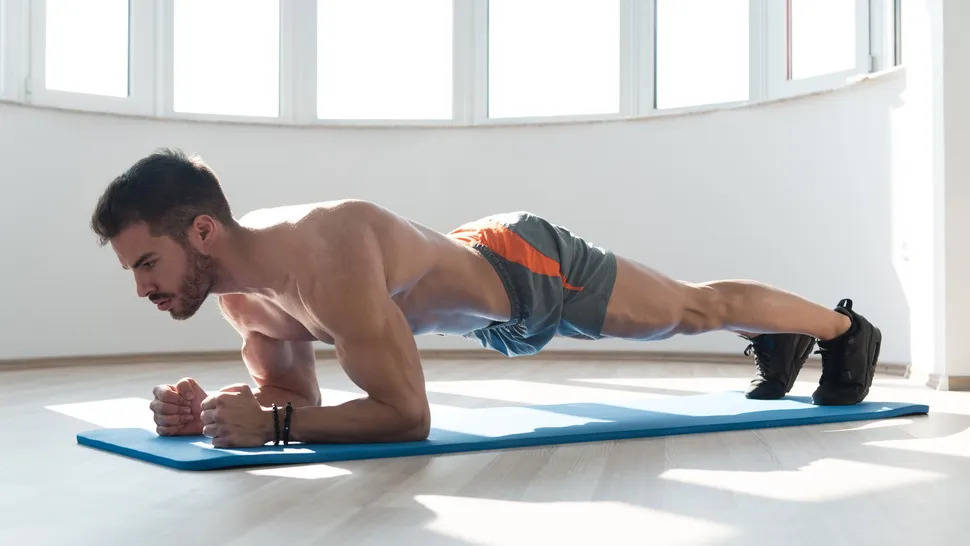
2. Warrior Crunches
The warrior crunch is a dynamic exercise targeting both your core and lower body, engaging muscles in your thighs, glutes, and quads.
- Stand with your feet slightly wider than shoulder-width apart, and turn your toes outward. Place your hands behind your head and open your chest.
- Engage your core and glutes. Bend your knees until your thighs are parallel to the floor.
- Bend your torso to the right side, bringing your right elbow toward your right thigh. Repeat the movement on the left side.
- Begin with 1 set of 8–12 repetitions.

3. Bird Dog Exercise with Knee and Elbow.
This modified version of the traditional bird dog exercise adds a dynamic element to engage your abdominal and back muscles while enhancing core mobility.
- Begin on all fours, ensuring your hands are positioned below your shoulders and your knees below your hips.
- Engage your core muscles. Extend your right leg straight back, lifting it to hip level. At the same time, raise your left arm straight out in front of you, with your palm facing downward.
- Bring your right knee and left elbow toward each other, aiming to touch underneath your body.
- Return to the starting position, keeping your movements controlled and fluid.
- Perform 8–12 repetitions for one set.
- Repeat the sequence on the opposite side, extending your left leg back and lifting your right arm.
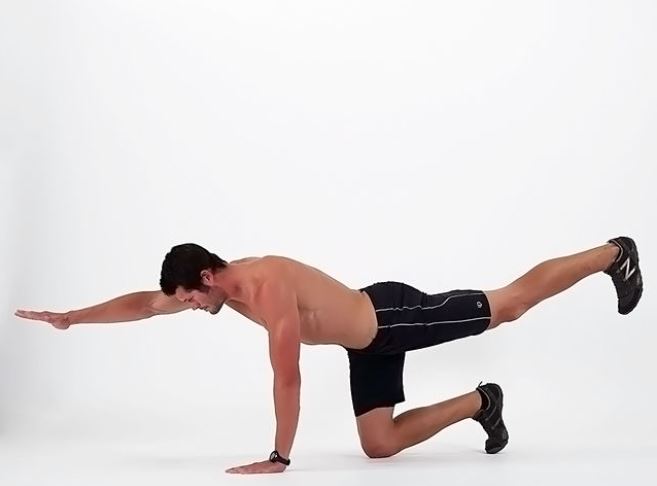
Exercises for people having advance experience
Once you’re proficient with intermediate exercises, elevate your core training with advanced moves. These challenging exercises target your core muscles in intricate ways, intensifying your core strength training.
1. Hill climber
This intermediate exercise merges a plank with knee movements, making it a superb choice for enhancing balance and core strength.
- Begin in a plank position with your hands under your shoulders. Engage your core muscles.
- Raise your right knee toward your chest while maintaining a straight back and stable hips.
- Lower your right leg back to the starting position as you lift your left knee toward your chest simultaneously.
- Alternate between legs. Aim for 1 set of 8–12 repetitions.
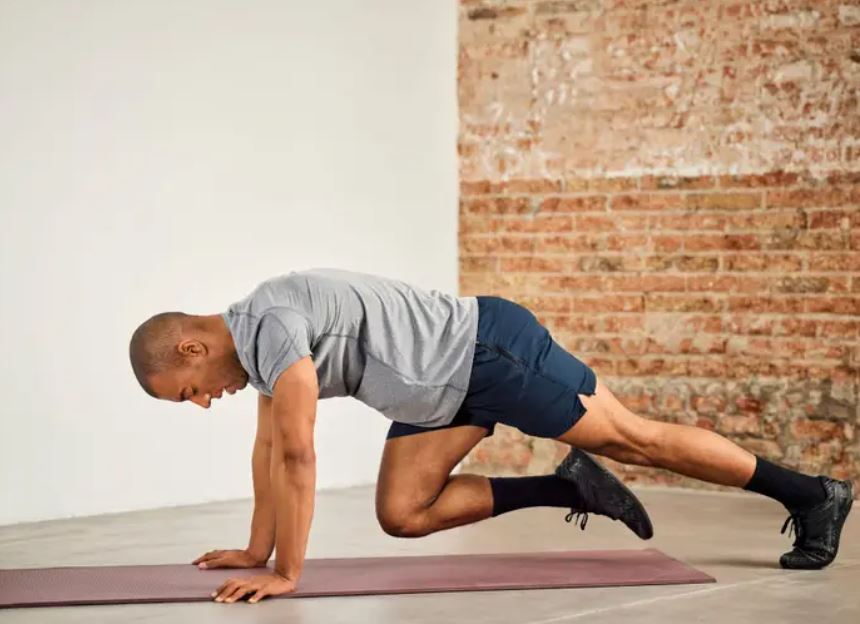
2. Side Plank with Rotation
This exercise offers an advanced twist on the traditional side plank. By involving arm movements, it not only targets your obliques but also strengthens your arms and shoulders.
- Begin by lying on your right side, placing your right forearm under your shoulder for support. Extend your legs, stacking your left foot on top of the right. Engage your core muscles.
- Lift your hips off the ground, forming a straight line with your body. Simultaneously, extend your left arm upwards.
- Rotate your torso towards the floor, bringing your left arm underneath your body.
- Rotate your torso back to the starting position, extending your left arm straight up again.
- Aim for 1 set of 8–12 repetitions.
- Repeat the exercise on the opposite side.
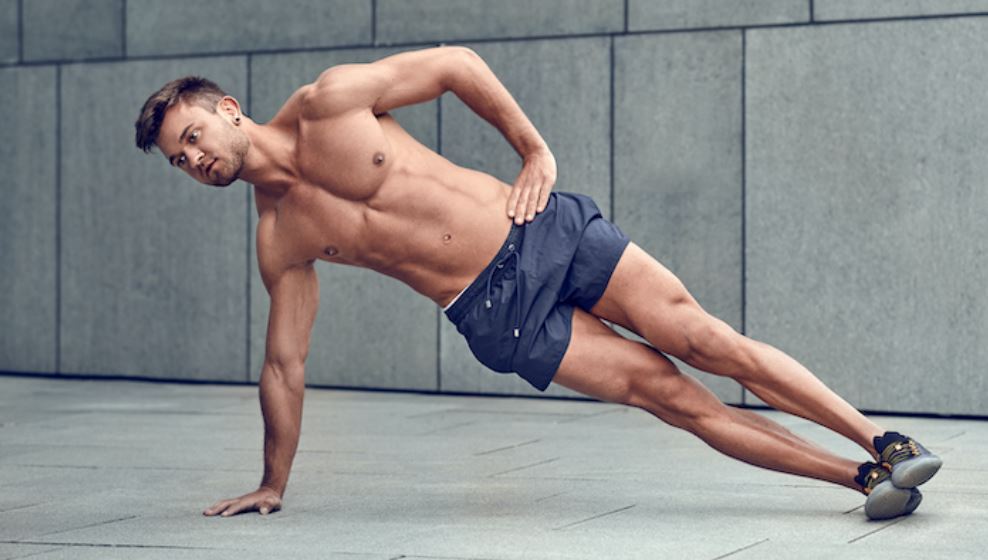
3. Turkish Getup
This comprehensive exercise offers an excellent opportunity to enhance spinal stability and boost mobility in your hips, lumbar spine, and thoracic spine. It’s also highly effective for strengthening the core muscles around your spine and shoulders.
Start by practicing this movement without weights a few times to familiarize yourself with the technique. Then, gradually introduce light resistance, such as a 5-pound weight, to ensure your shoulders can maintain stability while lifting overhead. As you progress and build strength, gradually increase the weight to continue challenging yourself.
- Begin by lying on your back with your legs extended and your arms positioned at your sides, forming a 45-degree angle.
- Bend your right leg and place your right foot on the floor a few inches away from your buttocks.
- Extend your right arm straight up toward the ceiling, forming a fist with your right hand and ensuring your knuckles are directed toward the ceiling to stabilize your shoulder.
- Maintain your focus on your fist, as this is where the weight will eventually be positioned. Keep your fist directly above your shoulder throughout the entire movement.
- Push through your right heel and your left elbow to elevate yourself onto your left elbow, ensuring your chest faces forward rather than upwards.
- Use your left palm to push off the floor and lift your body into a seated position, engaging your core muscles.
- Slide your left leg underneath you, aligning your left knee and ankle with your left hand.
- Transition into a kneeling position with your left knee and right foot on the ground, lifting your left hand away from the floor.
- While maintaining the overhead position of your right arm, press your right foot into the ground and bring your left leg forward, resembling a lunge position. You should now be standing.
- Reverse the movements until your back returns to the ground.
- Aim to complete 3–5 repetitions.
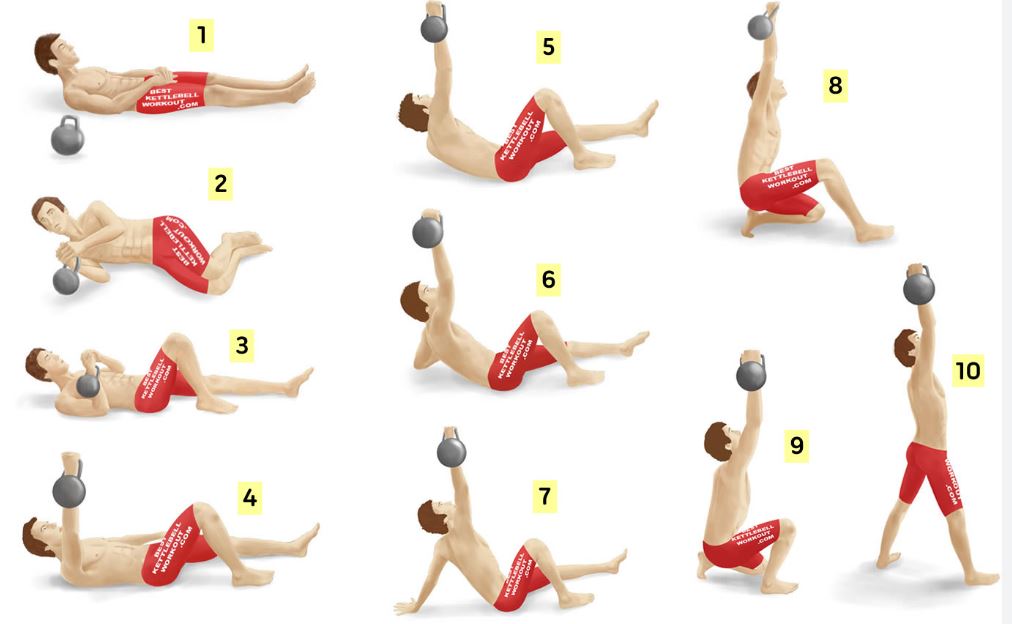
Conclusion
If you’re aiming to jumpstart a consistent exercise regimen or inject more intensity into your current one, integrating core-strengthening exercises is an excellent strategy.
Prior to commencing any new exercise routine, it’s advisable to consult with your healthcare provider. If you’ve experienced a previous or ongoing back injury, seeking guidance from a certified personal trainer is recommended. They can provide instructions on effectively strengthening and conditioning your core while prioritizing safety.

